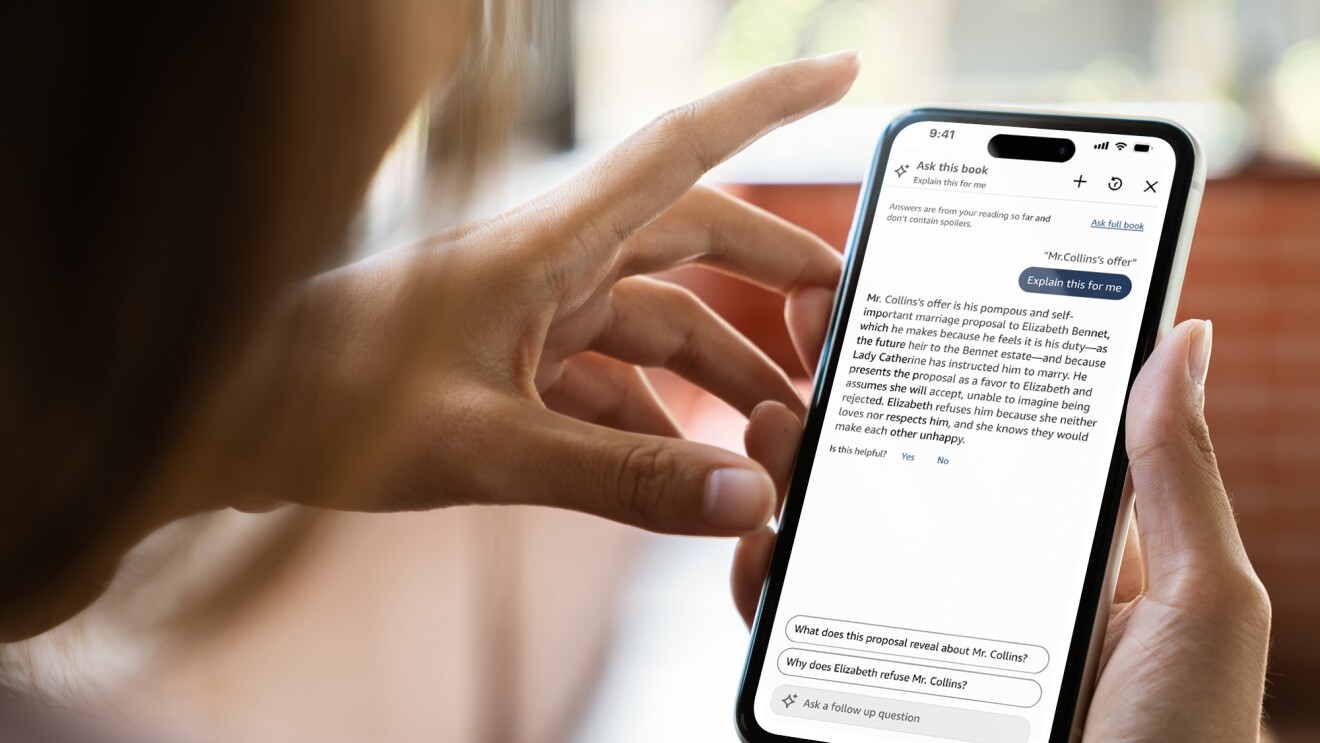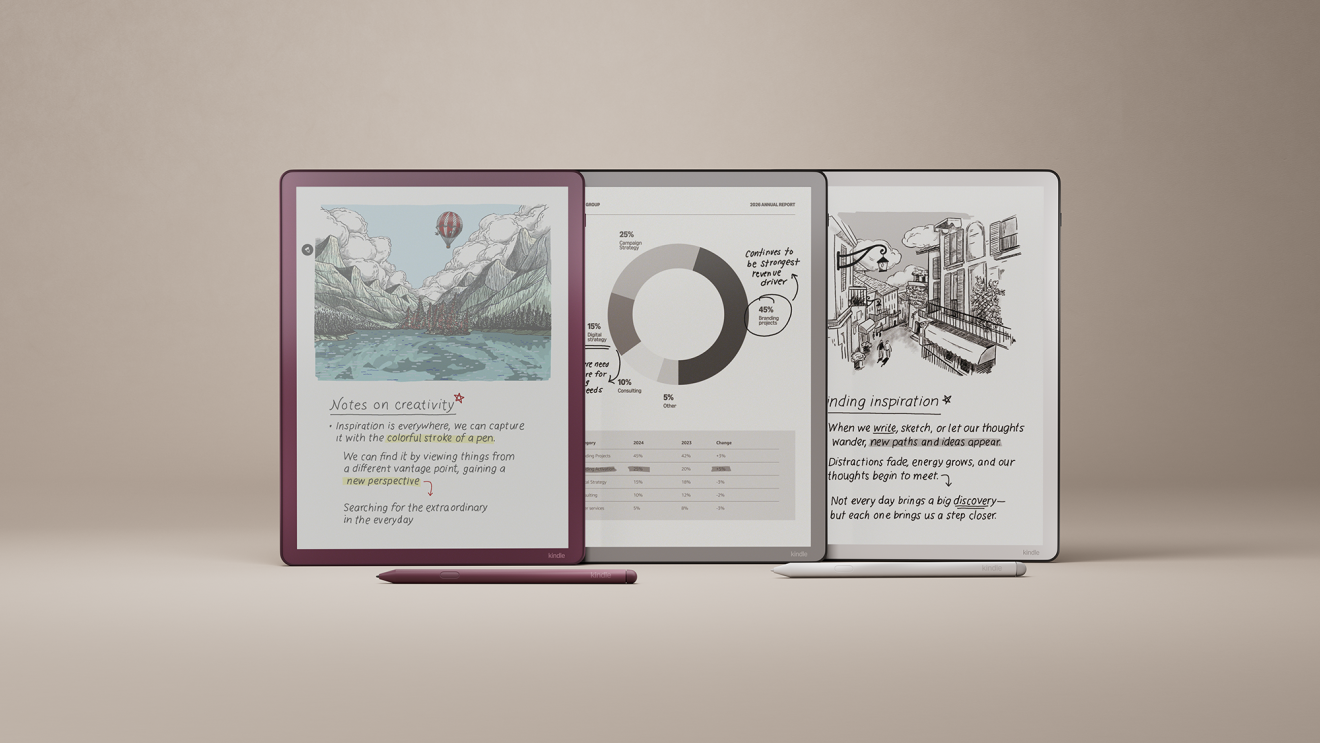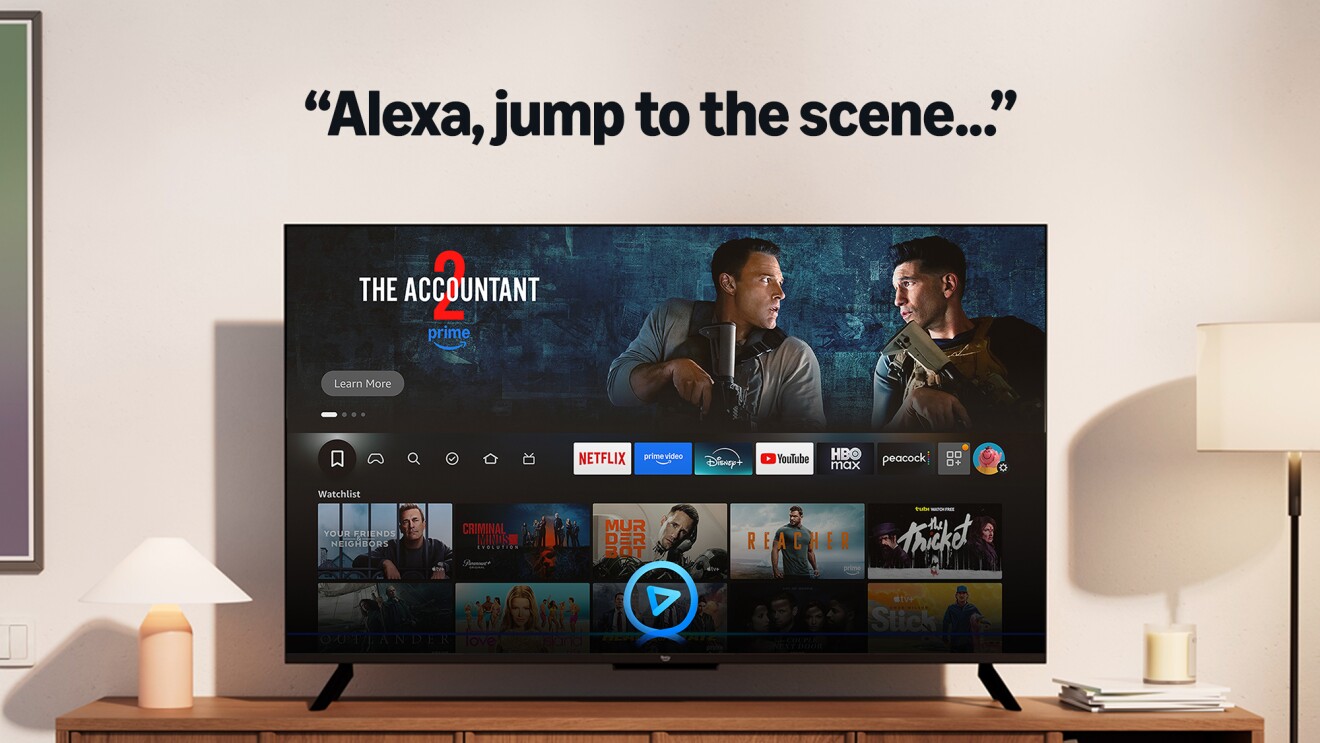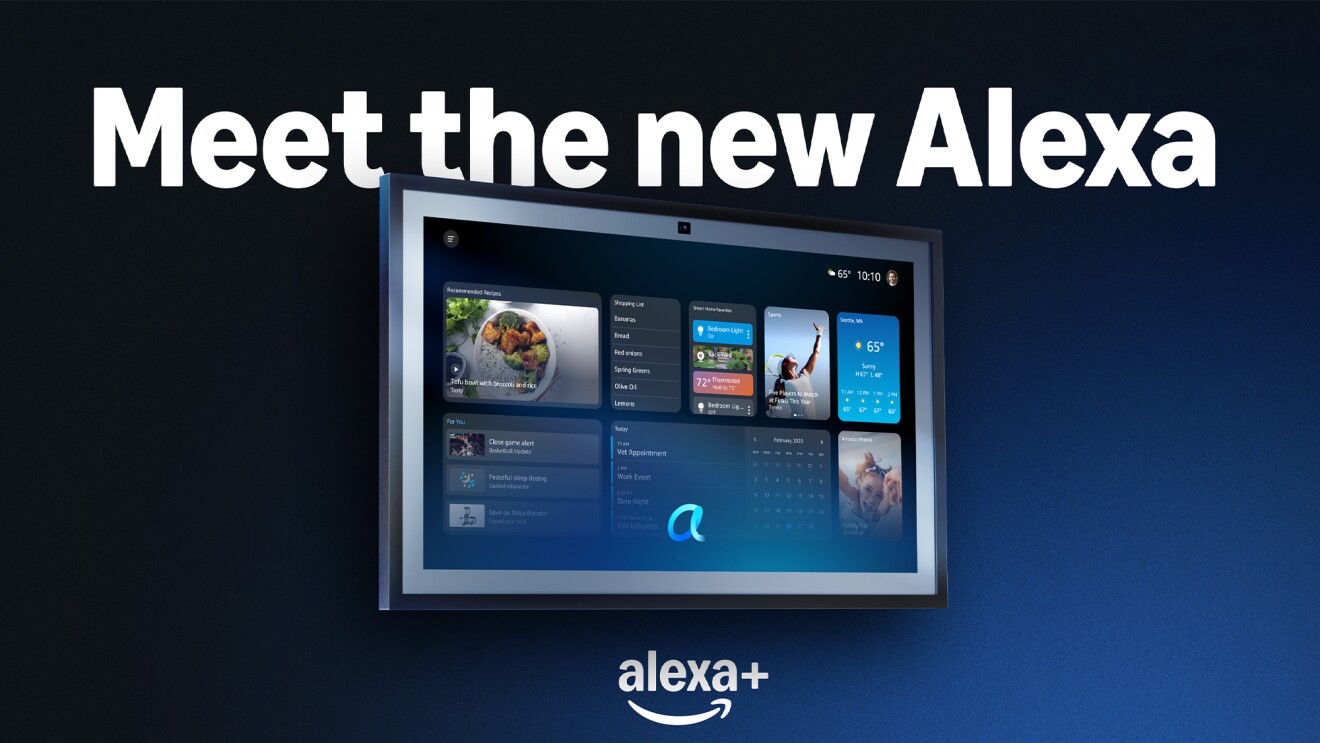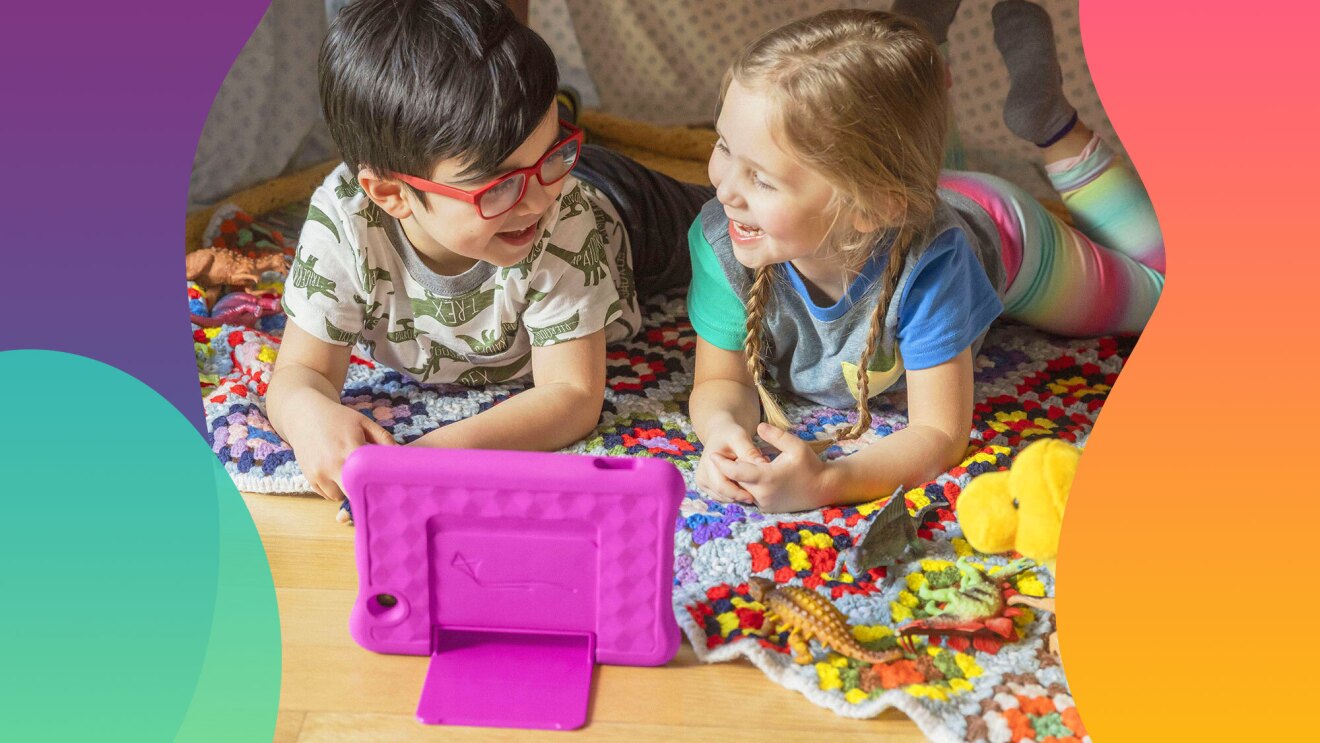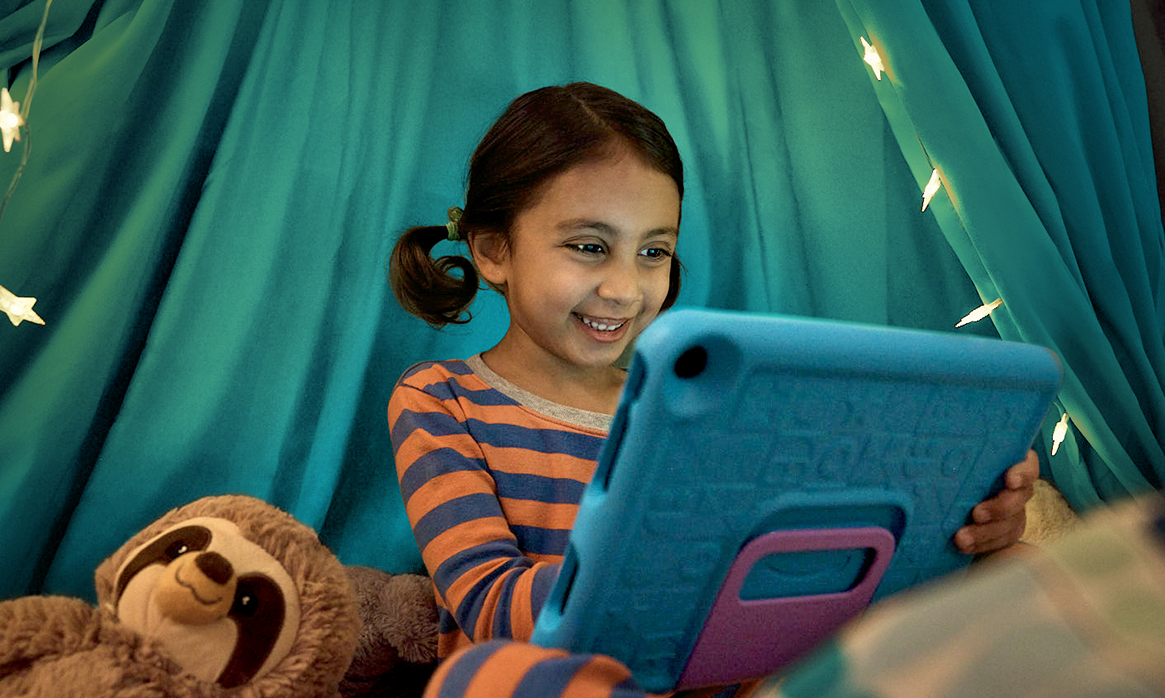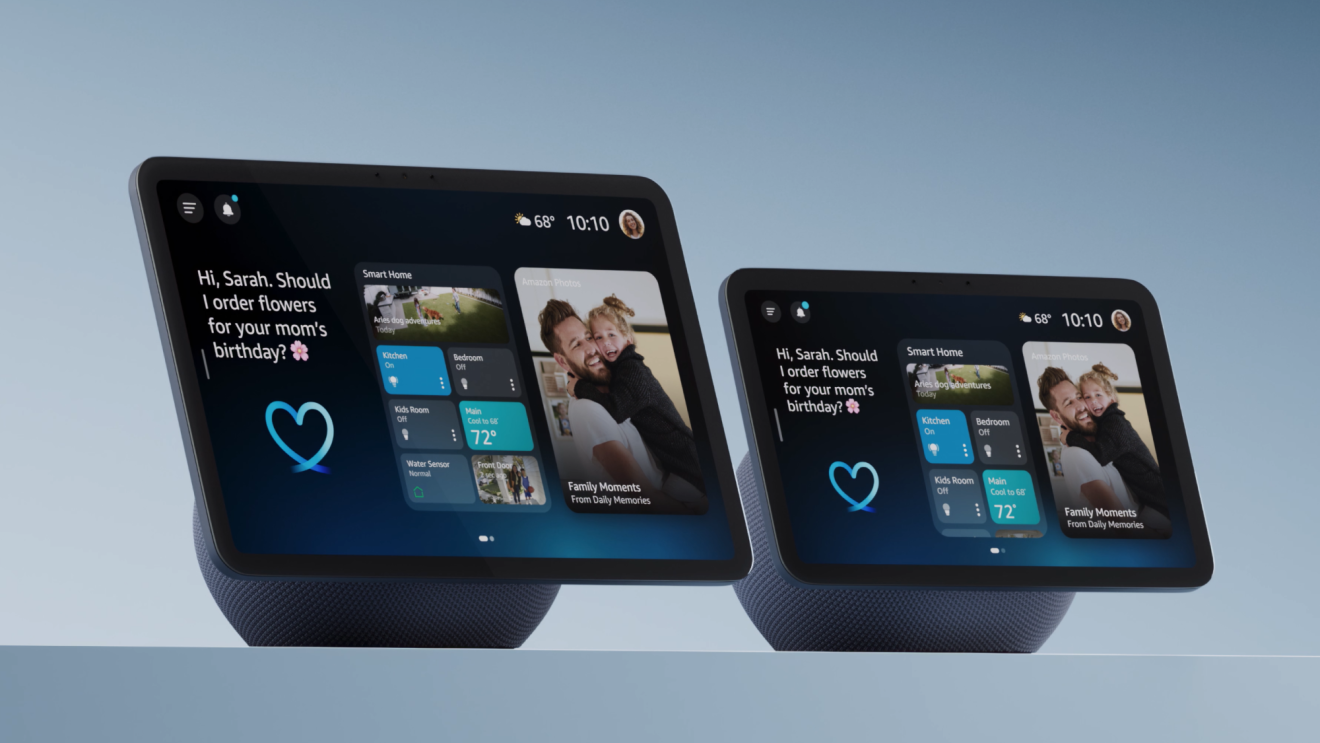Promoting the rights and well-being of people with disabilities globally is the foundation of the United Nations’ International Day of Persons with Disabilities. To mark this day, we’re highlighting stories of employees and partners who help advance accessibility and are committed to making Alexa more accessible around the world.
From engineers to developers to UX designers, the individuals below are just some of the many professionals working across the Alexa team who build with and for people with disabilities—and ultimately for everyone.
Jessie Lorenz, accessibility specialist, Alexa Shopping

Growing up blind, I’d often hear people say, in one way or another, that it wasn’t possible to set things up in a manner that would be accessible for me. The implicit message was, “Don't expect too much from life, kid.” I learned early on that if you allow limitations and low expectations to have the final say, you won’t get to lead a full life. Because I was born blind, accessibility has always been part of my life. Laws like the Americans with Disabilities Act (ADA) made it so that people with disabilities can dream big dreams and don’t have to accept the low expectations of past generations.
I joined Amazon because our goals are big and we expect ourselves to achieve them. I want to make realizing our goals of inclusivity and accessibility a reality. I recently helped launch Amazon Pharmacy on Alexa, which has the potential to help so many customers. I remember how hard it was for my grandmother to manage her medications. I know the ability to order medications in the mail, track the status of a package using Alexa’s voice service, and call Amazon Pharmacy directly from Alexa would have helped her.
We can play an important role at the forefront of developing equipment, devices, and software that enhance the lives of people with disabilities and the elderly—and delighting our customers.
Juliana Tarpey, product manager, Alexa for Everyone
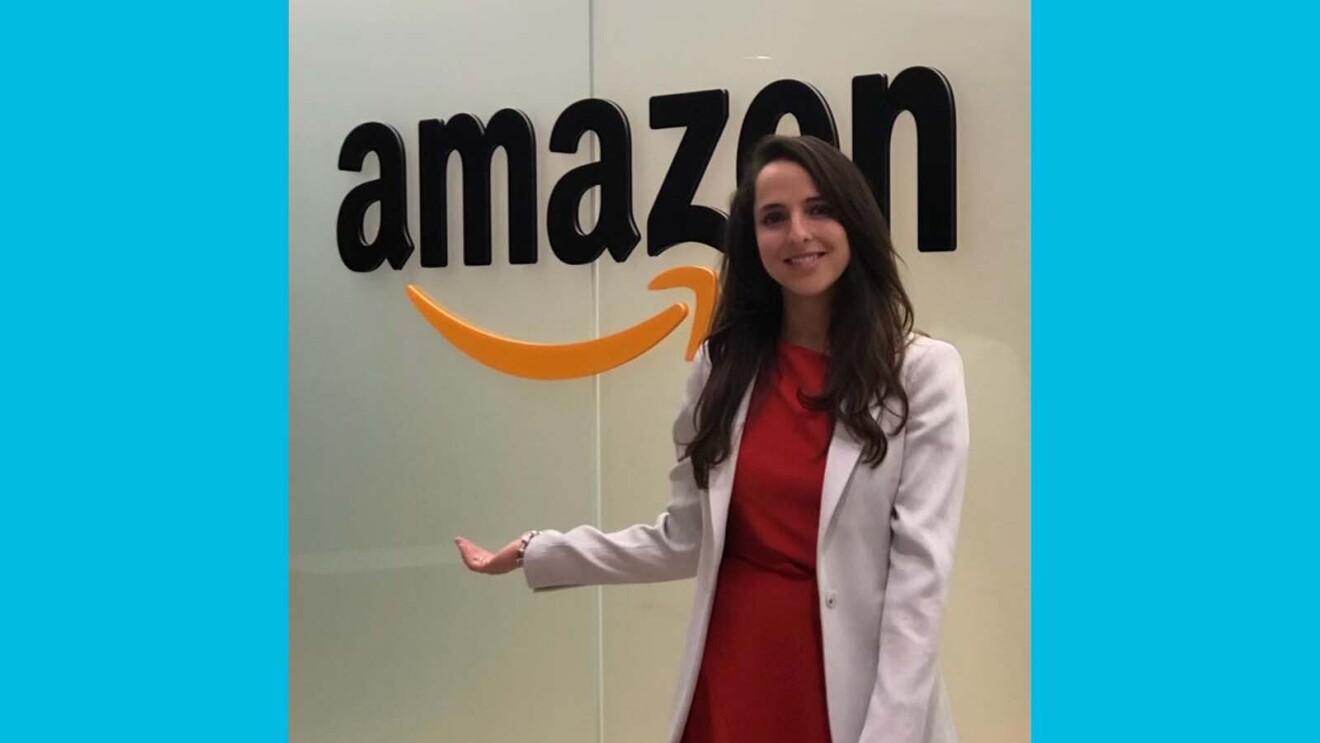
When I was a teenager, I developed an invisible disability and struggled to find the right support. Only at university was I able to find accessibility resources to help me adjust and thrive. I would not have been able to achieve my goals without these accommodations, and I feel lucky to now focus my time professionally providing tools to help other people with disabilities in everyday life.
I’m on the Alexa for Everyone team—we build experiences to help people with disabilities live more independent lives and stay connected with their loved ones. That could look like a customer who is deaf using captions on a video call; a customer who is blind asking, "Alexa, what am I holding?" to help identify a pantry item; an autistic customer using Tap to Alexa to interact with Alexa via touch instead of voice; or a customer with speech impairments using Real Time Text to type text on a video call. We also collaborate with different teams across Alexa to help design experiences that can be used by all customers, and provide tools and resources to build with accessibility in mind.
For me, accessibility means progress. By harnessing the perspectives and ideas of people with disabilities, we are able to innovate and design superior experiences for all customers. We all have a responsibility to build delightful and equitable experiences for all people, but what I have found time and time again is that designing for accessibility raises the bar for everyone.
David Mahmarian, multimodal UX designer, Alexa Trust
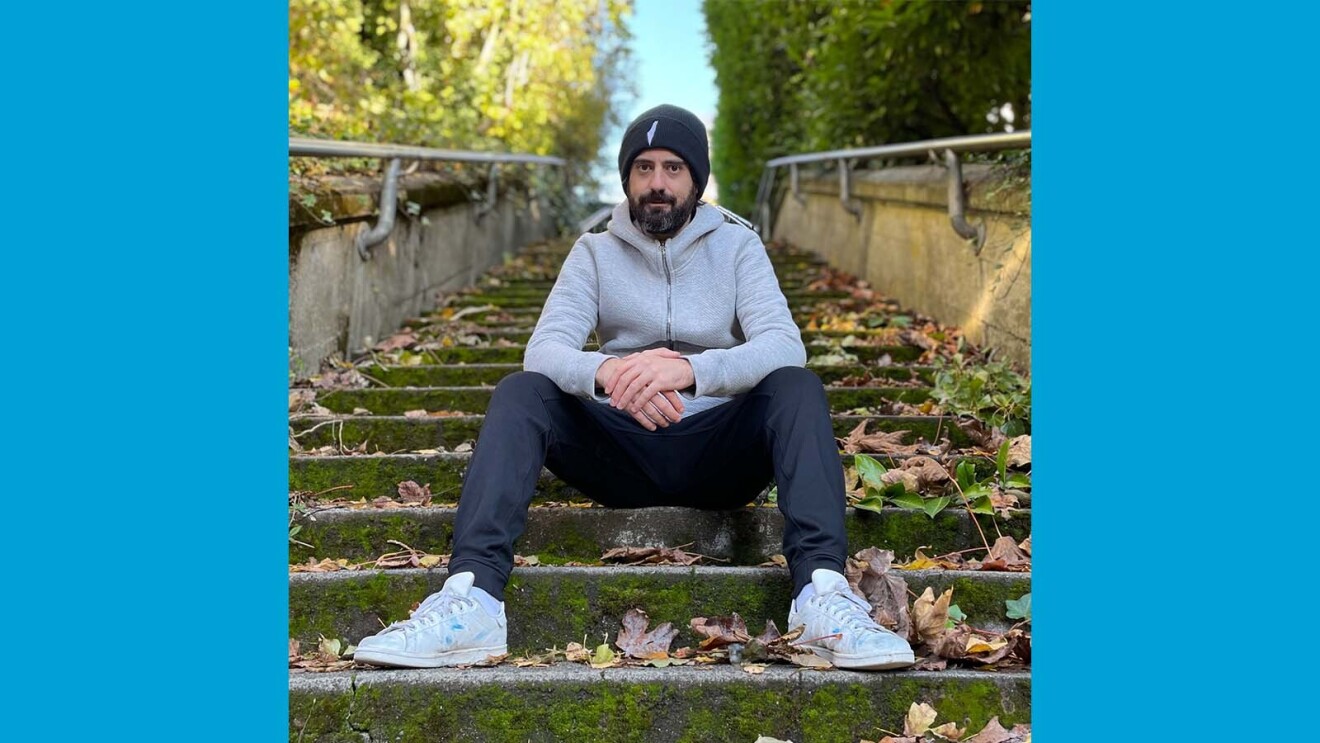
My younger brother, Paul, has autism and does not speak at all. Growing up with him, our communication was nonverbal and I began to understand that his form of language was completely different and unique. I saw Paul struggle to use various assistive technology devices throughout his life that, for the most part, did not help and left him feeling frustrated. This made a huge impact on me, and as I got older, it drove me into the world of design with the intention of exploring innovative ways to communicate with my brother.
I wanted to make an impact at scale and I knew I could do that at Amazon. I had just finished grad school where my thesis work was focused on improving communication between non-verbal autistic individuals and their families, and I saw the potential of Alexa to help in this area and offer new modes of access.
One of my favorite features I’ve designed and continue to work on is Tap to Alexa, a setting that lets people interact with Alexa by touch instead of voice using onscreen tiles and a keyboard. Tap to Alexa provides access to all of the great things Alexa can do without requiring the use of voice. While some may see this as an accessibility setting, once the feature was launched, we found that it was also popular among customers who simply preferred to have an alternate mode of interaction with Alexa on their devices. It’s a beautiful example of how designing for accessibility can benefit all.
Farah Shariff, senior manager of product management for aging and independence, Alexa for Everyone

I’m on the Alexa for Everyone team—our mission is to make Alexa access equitable to customers of all abilities. I specifically lead a product group that builds experiences focused on aging with independence. We aim to make Alexa more useful and delightful for older customers and to be a go-to assistant for caregivers.
Fueled in part by my grandmother’s—or Nana’s—journey living with Alzheimer’s, and that of a family spread across the globe wanting to be there for her, I sought to build products that make technology more accessible and inclusive for older customers. I watched my Nana light up over video calls with her kids and grandkids, or when playing a game of solitaire online. However, we often hear the narrative around older adults not being tech-savvy and hence getting excluded from benefitting from these solutions. Making technology inclusive for this community challenges me every day to design products in a way that should not presume tech familiarity and enables them to continue to live their best lives.
I’m particularly proud of our work to create Alexa Together on behalf of customers. We worked backwards from our customers to create this remote caregiving service built to help bring aging customers and their family members together, enabling independence for older adults and peace of mind for both. For me, accessibility is about inclusivity and making things useful and delightful for all. It is a way to empower all people to go about their lives with independence and dignity, regardless of their ability.
David Frerichs, principal solutions engineer, Alexa for Everyone
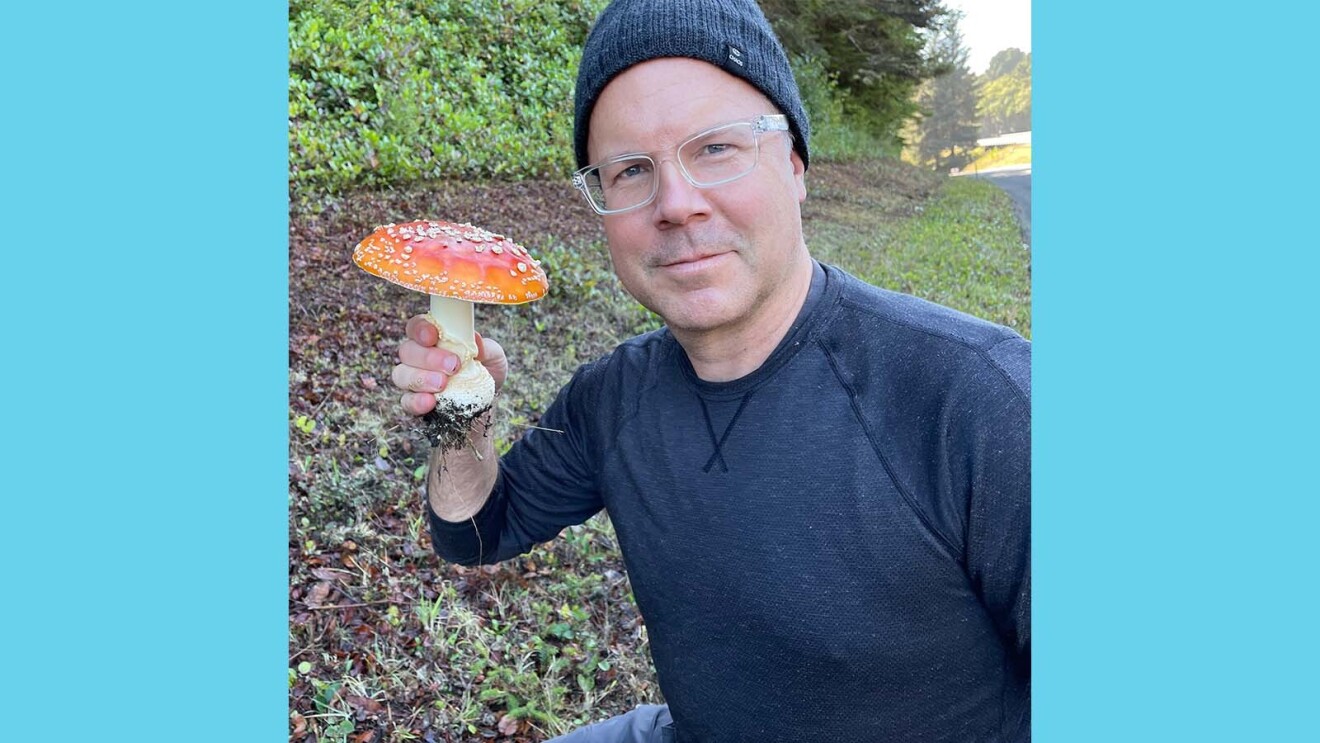
I had the privilege of meeting Stephen Hawking back in the 1990s, which had a really big impact on me and how I think about accessibility. Here you have this amazing person with an amazing mind, leveraging technology to move and communicate. And, that technology made it possible for him to communicate his transformative thoughts on the fundamental nature of the universe. Accessibility to me is about removing barriers. This was a very clear example of how removing barriers using technology not only benefits the individual, but also the entirety of humanity.
I joined Amazon primarily for the opportunity to improve customers’ lives with Alexa. I believe the microprocessor is the most flexible tool ever invented by humans, and smart agents like Alexa can harvest that flexibility to make machines conform to people—instead of the other way around. In my role, I primarily work with folks outside of Amazon, from product developers to advocacy groups, to ensure we understand how we can best support the various aging and accessibility communities they serve and how they can best use Alexa for that same purpose.
One example of this work is Cognixion ONE—it’s an exciting device that allows non-verbal people with motor impairments to speak by thinking. I’ve worked with them to add Alexa support so customers can listen to music, control their smart home, and access a variety of other Alexa functions.
When developing a product, start out with the needs of an actual human being, identify the barriers they may have in using your product, and then build from there. You’ll find that removing barriers for that person will enhance the usability of your product for all people.
Kristin Fritsche, marketing manager, Echo
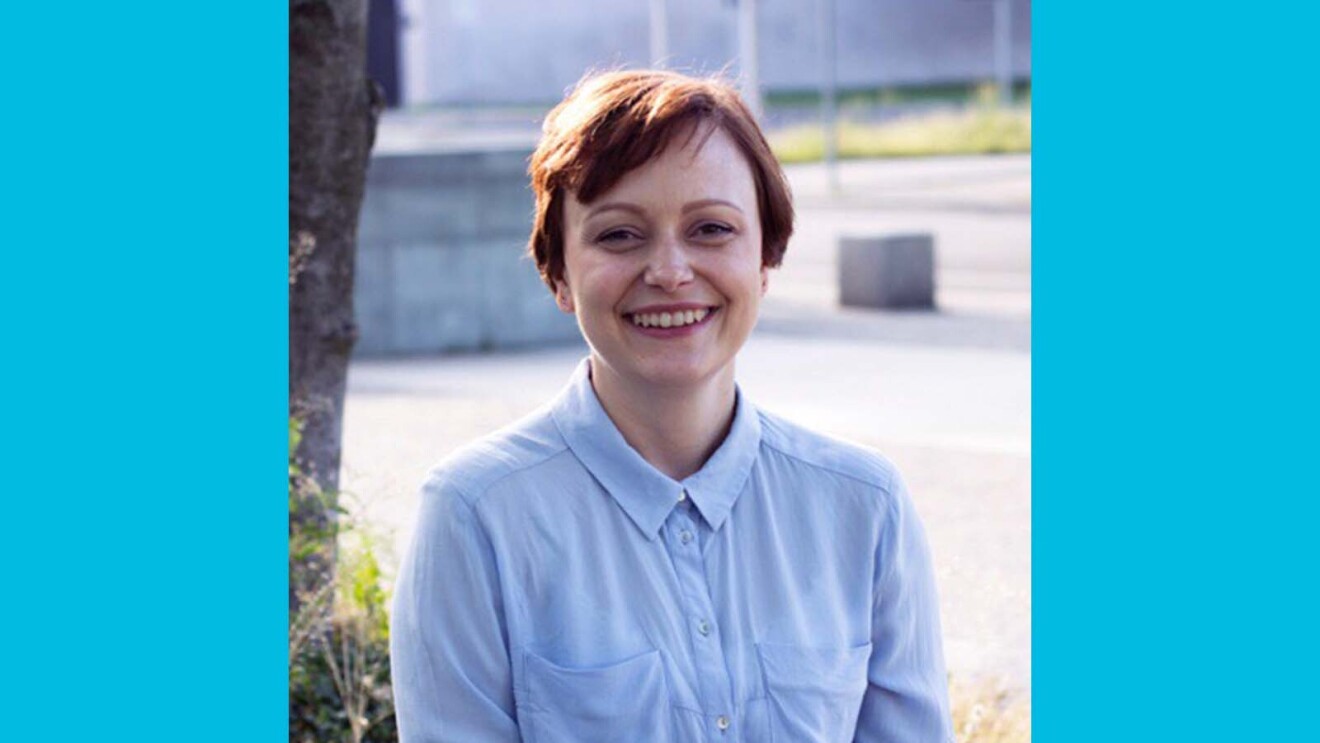
I started on the Alexa team a few years ago, initially focused on developer marketing, which introduced me to the world of voice technology. At the time, I learned how Alexa features can support our customers with disabilities. I heard how these features were having an impact on our customers but recognized they might not be known as widely as they should be.
I’m a passionate marketer and knew I wanted to spread the word for Alexa Accessibility. Luckily, it worked out. In my role today, I’m responsible for helping our customers discover Alexa’s many accessibility features. I love the opportunity to amplify our accessibility efforts while staying in close touch with the many diverse customers we serve.
I enjoy not only raising awareness of features our team has built, like the ability to adjust Alexa’s speaking rate or view Alexa’s responses on devices with a screen, but also working on projects with the community. For example, in Germany we collaborated with the German Federation of the Blind and Partially Sighted and built an Alexa skill called “Hörfilm,” which provides Alexa customers who are blind or visually impaired access to thousands of audio-described films by local public broadcasters. In the UK, we also work with the Royal National Institute of Blind People (RNIB), which recently launched a skill called “RNIB Talking Books” that provides their audiobooks library through an Alexa skill.
Accessibility means that everyone can get the information they need or want whenever they want. I love helping customers learn about how Alexa can help them in a multitude of ways, every day.
Olabanji Shonibare, applied scientist, Alexa Speech

Creating products that are reachable to everyone regardless of gender, race, or disability is one area I am very passionate about. One of my recent exposures to accessibility was when I joined the Paralanguage Understanding Services team. We noticed that Alexa did not always recognize—and wasn’t readily accessible for—customers with irregular speech patterns, like stutters. I am proud to have worked on a solution to help alleviate this.
This year, we’ve released a new feature where Alexa gives customers more time to finish speaking before getting a response. Many customers have already begun using this Alexa feature, and this motivates me to do more. I am keen to build products that meet real human needs, and I like that our teams prioritize this. Accessibility means inclusion, and I am so thankful to help create technologies for everyone.
Harrison Wheaton, portfolio development manager, Alexa Fund

When I was young, I played a lot of video games. There was always a very buried options menu for “accessibility settings,” and frankly, it was so hidden that it seemed unimportant to an unknowing kid like me. I think that is a case in point for how the world used to think about accessibility the wrong way, as a small box to check, that is, thankfully, evolving to make it a more central design consideration.
I work on the Alexa Fund team, which invests in companies that are innovating in AI, voice technology, frontier tech, robotics, and more. I essentially work with those companies to imagine ways Amazon can help to advance their missions. I’m incredibly humbled to help companies we have invested in bring their vision of an accessible future to life.
To name a few, Voiceitt has built technology that enables people with non-standard speech to communicate with others where they couldn’t before. Labrador Systems is building in-home robots, which enable people with limited mobility to live more independently. Lastly, one of our most recent investments is in Cognixion, which is building non-invasive brain monitoring headsets that leverage mixed reality to help people with physical disabilities access technology.
The world has come a long way in recent decades to show that accessibility is not merely an important aspect to design, but a critical one. That said, there is still huge room for improvement, and I feel fortunate to work with a team that takes that mission seriously.
Poonam Joshi, UX researcher, Alexa for Everyone

Growing up in my household, it was traditional for the younger generation to take care of the older generation—thus, my sister and I were responsible for taking care of our grandparents. Although at the time I didn’t fully appreciate or understand what it was like to get older, I noticed how my grandfather’s vision, hearing, and mobility decreased over time. He was always independent and active, but he started needing more assistance with tasks, such as reading mail or shopping for groceries. Growing up with my grandparents instilled in me a desire to find ways to help make other people’s lives easier and find solutions that work for them.
I started at Amazon as a UX research intern, which was my first formal introduction to accessibility tech. Early on, I learned how important it is to create accessible experiences. I admired the passion the product team and designers had for learning more about their customers’ needs and striving to make Alexa experiences more accessible for everyone.
Throughout my time here, I’ve loved witnessing all the impactful accessibility initiatives happening across the company, such as A11yHack, an internal accessibility hackathon for employees to create and submit accessibility-focused projects; the AmazonPWD community, which cultivates a supportive and open space; and Global Accessibility Awareness Month, an entire month dedicated to learning about accessibility and disability. And I’ve loved supporting research efforts alongside a team that strongly believes in building products and services with our customers with disabilities, rather than making presumptions and building for them.
Advocating for the voice of customers with disabilities and ensuring that their perspectives and needs are considered is critical. Anyone who builds products should include people with disabilities in user research, as it not only has a huge impact on improving the experience for that community, but for everyone.
Luke Hoare, product manager, Alexa International
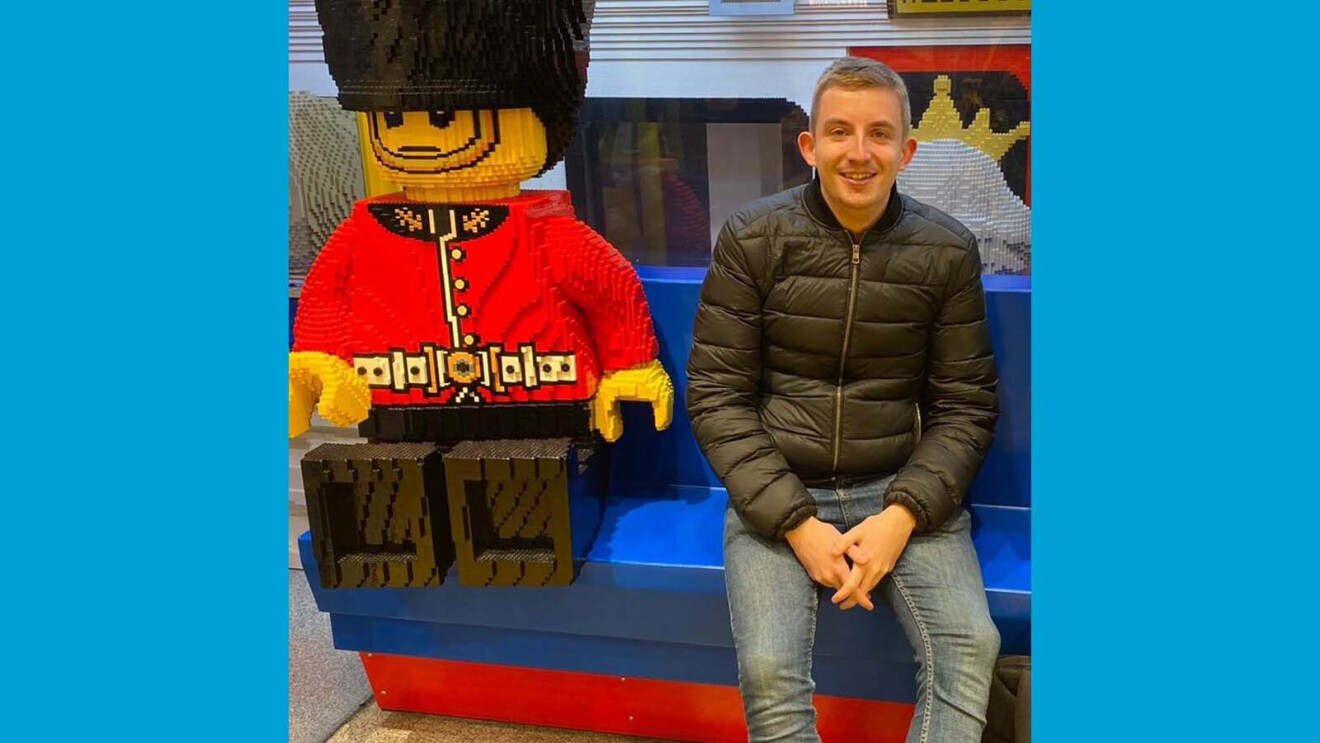
Earlier in my career at Amazon, I met a customer who is blind in the UK who shared how Alexa helps him live a more independent life. Within seconds, I was amazed how an Echo Dot that cost 50 pounds (or about $66) transformed his life, and then I quickly got thinking: How many more customers in the UK, and around the world, could benefit from the independence that Alexa brings? Alexa might make lives simpler, safer, and more fun for some customers, but for many with disabilities, Alexa is much more than that.
Last year, the Royal National Institute of Blind People (RNIB) asked my team to co-brand the London Piccadilly Light Billboard, Europe’s biggest advertising space. COVID-19 created huge barriers for blind and visually impaired customers; social distancing forced everything to be turned upside down. To showcase the lockdown’s impact on people with sight loss, and to demonstrate how technology like Alexa can help the blind community, the RNIB turned the whole billboard upside down for six days, and Alexa was chosen as their primary partner. In addition to this awareness driver, I also supported the development of “Alexa, call RNIB Helpline,” an Alexa feature enabling UK customers to more easily call the RNIB Helpline, as well as most recently launching RNIB's Talking Book Skill, bringing thousands of audiobooks to UK customers via Alexa.
I feel incredibly proud I get to work with so many amazing colleagues and partners, who I’ve been lucky to learn from and have helped bring these programs to life. It’s an honor to be a part of a team that builds new experiences that make a difference in customers’ lives.
Sally Carlson, software developer, Alexa for Everyone

To me, accessibility means creating an inclusive space. It is about building products that allow people of all identities to engage with the world equally. Each piece of assistive technology can give people another option for how they choose to live their lives.
As an accessibility engineer, I work to create tools that people with any range of abilities can leverage. For some, this may be asking Alexa for the news or weather to create a quicker morning routine, while for others it could mean access to new job opportunities with the help of a screen reader or the ability to live independently as they age while using Alexa to stay in touch with their caregiver. Accessible technology is truly about opening up a world of opportunities for everyone to choose to live the life they want.
The summer after my junior year of college, I joined Amazon as an intern on the Alexa for Everyone team. At the time, I realized the scope of assistive technology was wider than I could have ever imagined. They were working on projects that are today called Alexa Captions, Show and Tell, and Tap to Alexa. Even with the many features my team has released since then, there is always more that we can build, and in my three short months at Amazon, I saw the landscape of accessible technology grow before my eyes.
Much like how internet access has changed the lives of so many, voice-first technology is expanding to become an integral part of people's lives, homes, and daily routines, and everyone should have access to these experiences.
Learn more about Alexa Accessibility. Additionally, read stories about some of our customers with disabilities who have used Alexa to help make their lives more independent, accessible, and fun. If you’re interested, learn more about joining the Alexa team working on accessibility at Amazon.


